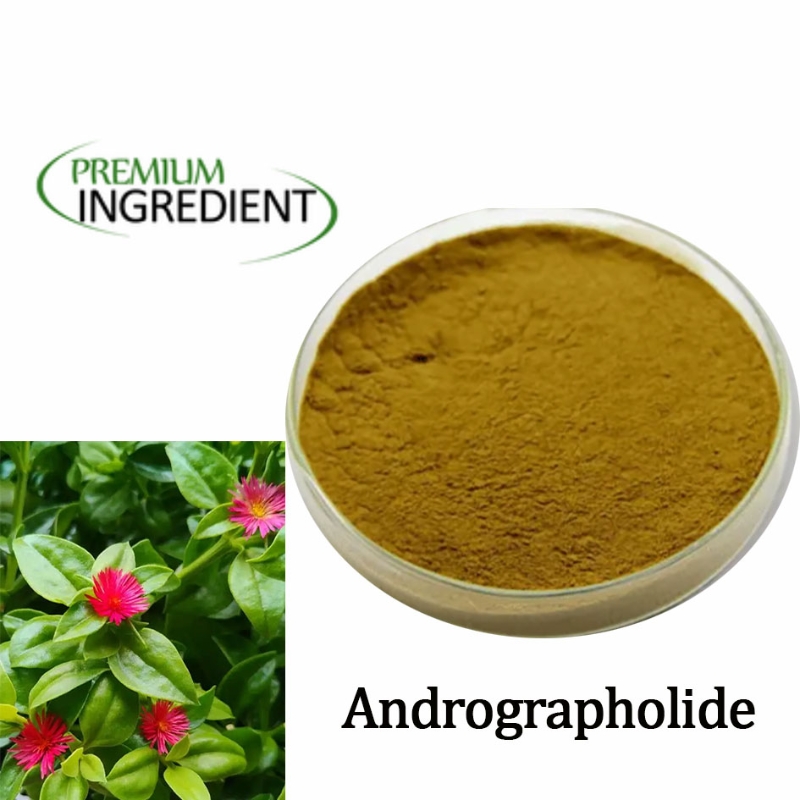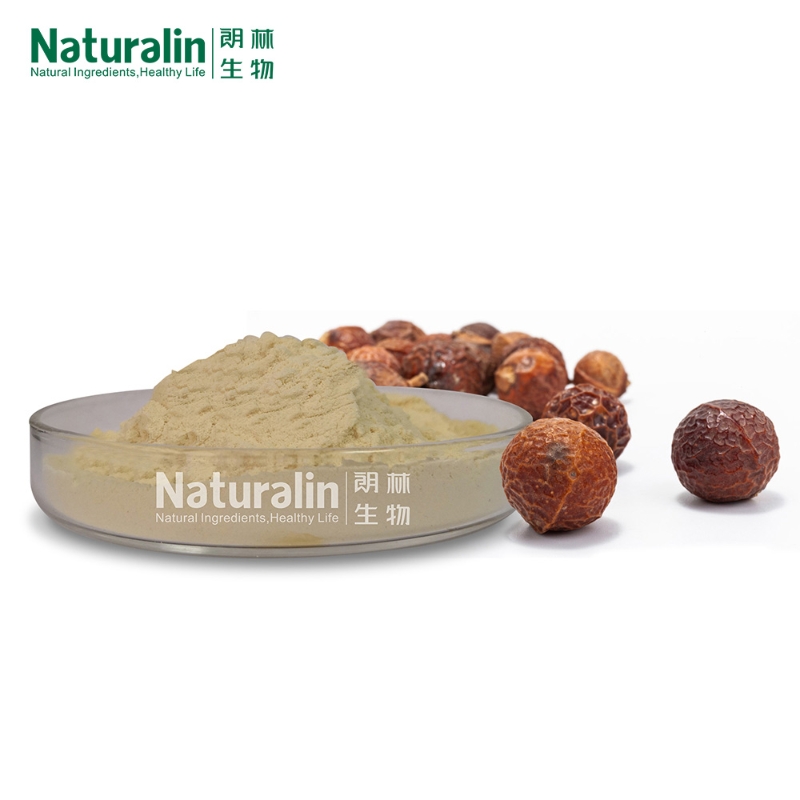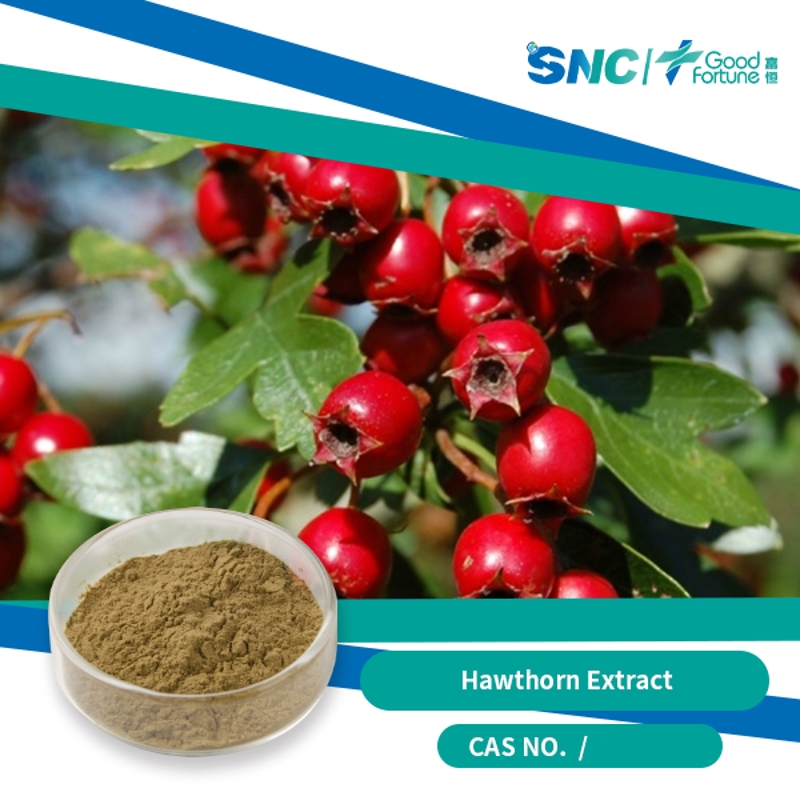-
Categories
-
Pharmaceutical Intermediates
-
Active Pharmaceutical Ingredients
-
Food Additives
- Industrial Coatings
- Agrochemicals
- Dyes and Pigments
- Surfactant
- Flavors and Fragrances
- Chemical Reagents
- Catalyst and Auxiliary
- Natural Products
- Inorganic Chemistry
-
Organic Chemistry
-
Biochemical Engineering
- Analytical Chemistry
-
Cosmetic Ingredient
- Water Treatment Chemical
-
Pharmaceutical Intermediates
Promotion
ECHEMI Mall
Wholesale
Weekly Price
Exhibition
News
-
Trade Service
Most often, the samples used for molecular analysis of dormancy are populations of seeds. An essential survival characteristic of seed populations inhabiting the variable surface layers of the soil is that individuals in the population do not behave uniformly. In addition, seed dormancy (SD) status of the whole population constantly changes even in the dry state. For these and other reasons, production of appropriate and adequately characterized seed samples is the key to the correct and most informative interpretation of molecular studies. This is particularly important when the aim is to describe and explain seed behaviour in the natural environment. Molecular studies of seed dormancy, and especially ecologically relevant behaviour, such as dormancy cycling, should therefore involve characterization of dormancy status based on a sound understanding of seed physiology. This chapter discusses the problems and pitfalls of using
Arabidopsis
and provides protocols devised for use with the
Arabidopsis
ecotype Cape Verde Islands for the production and characterization of samples to be used in molecular analysis of dormancy transitions and cycling.







